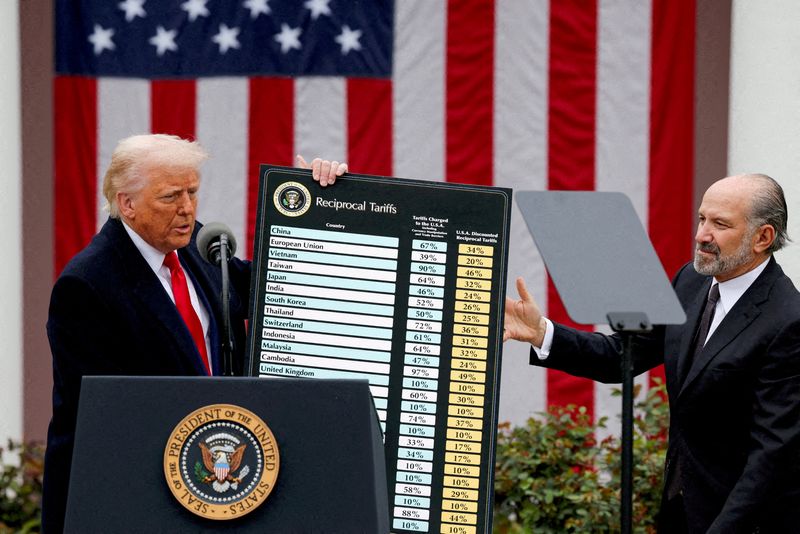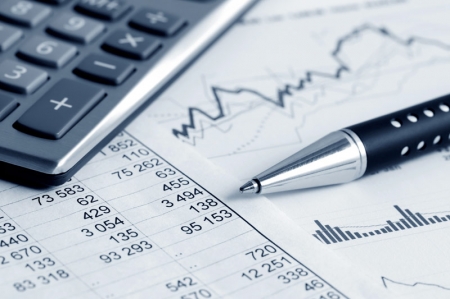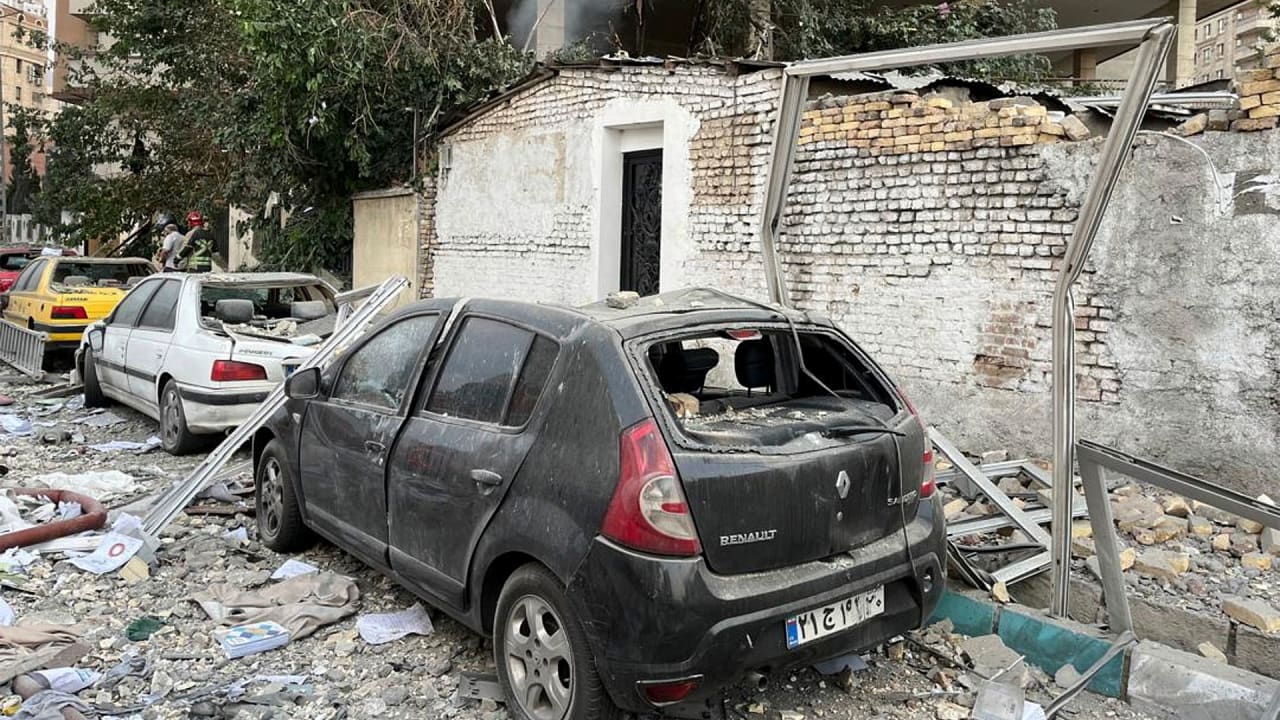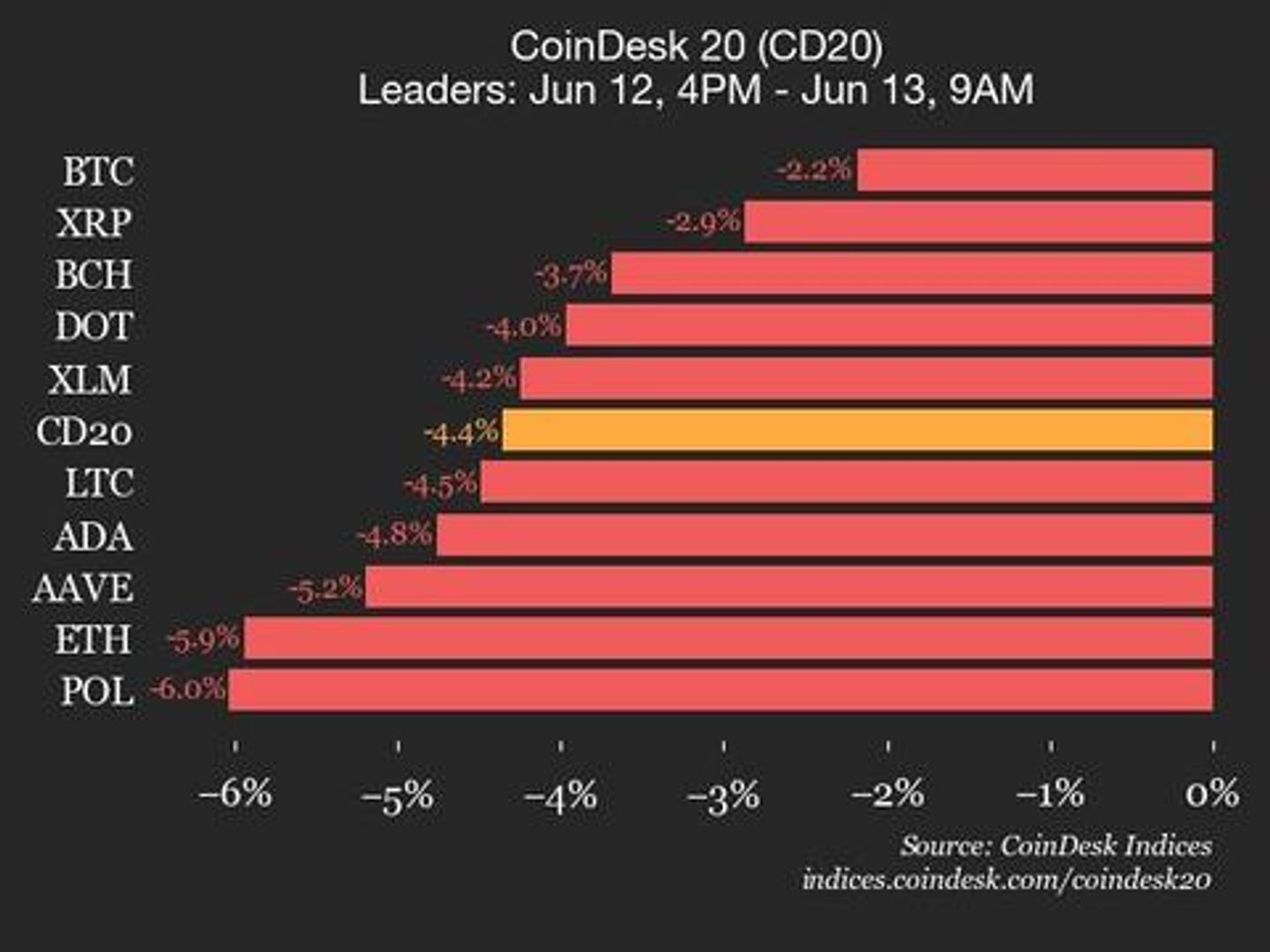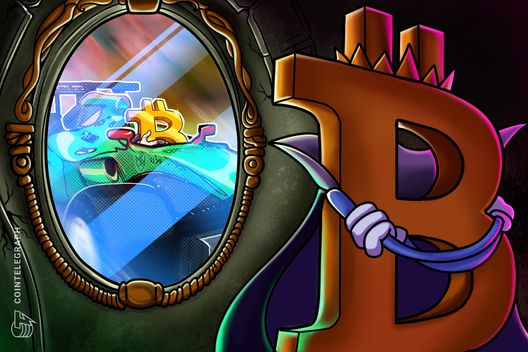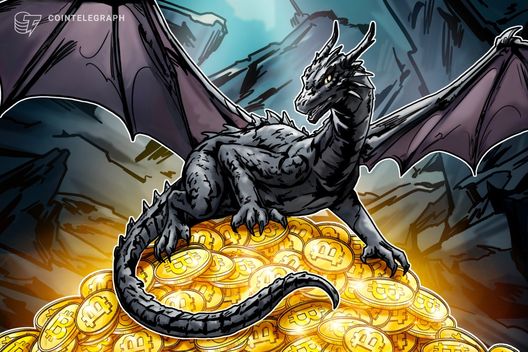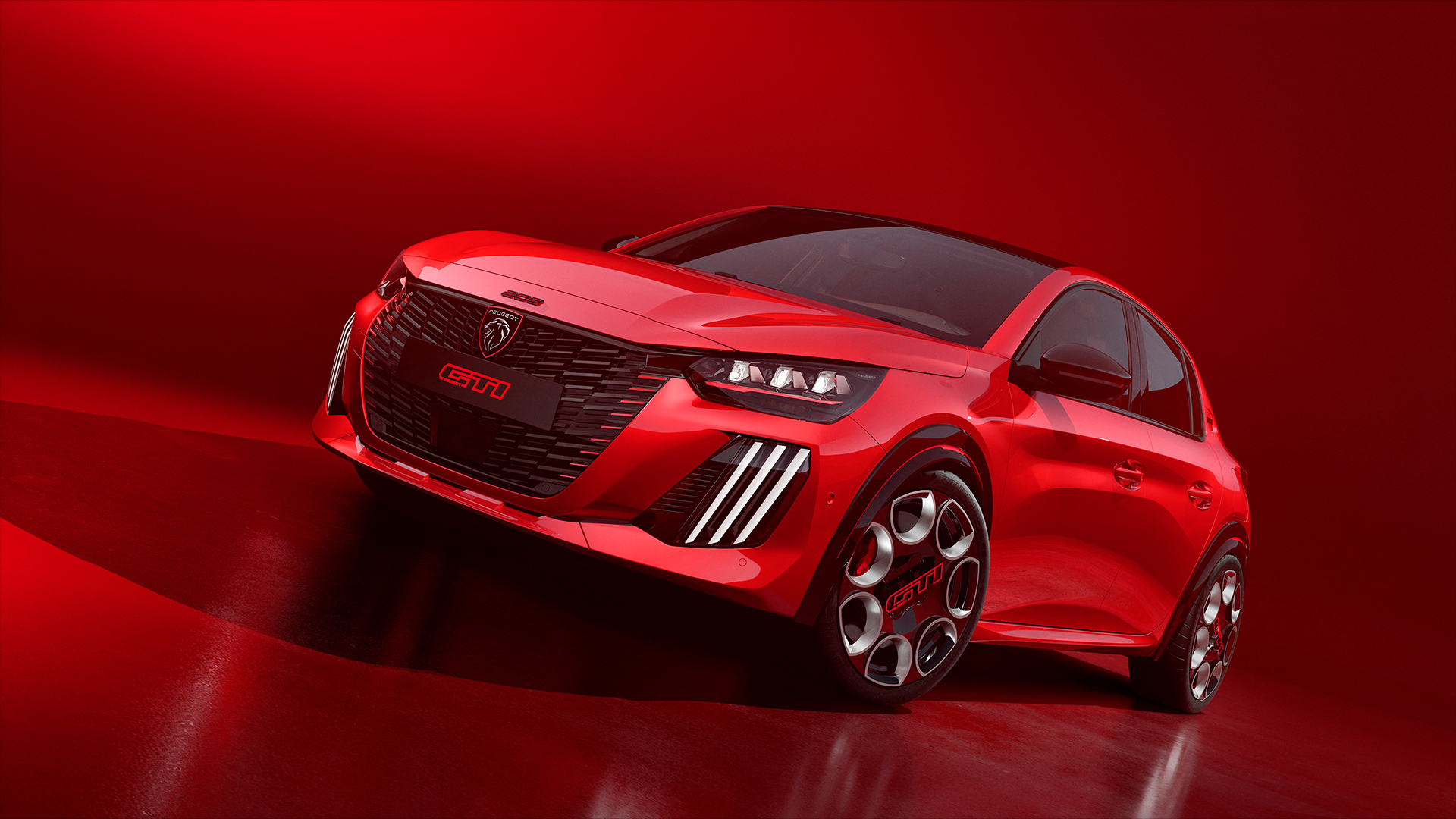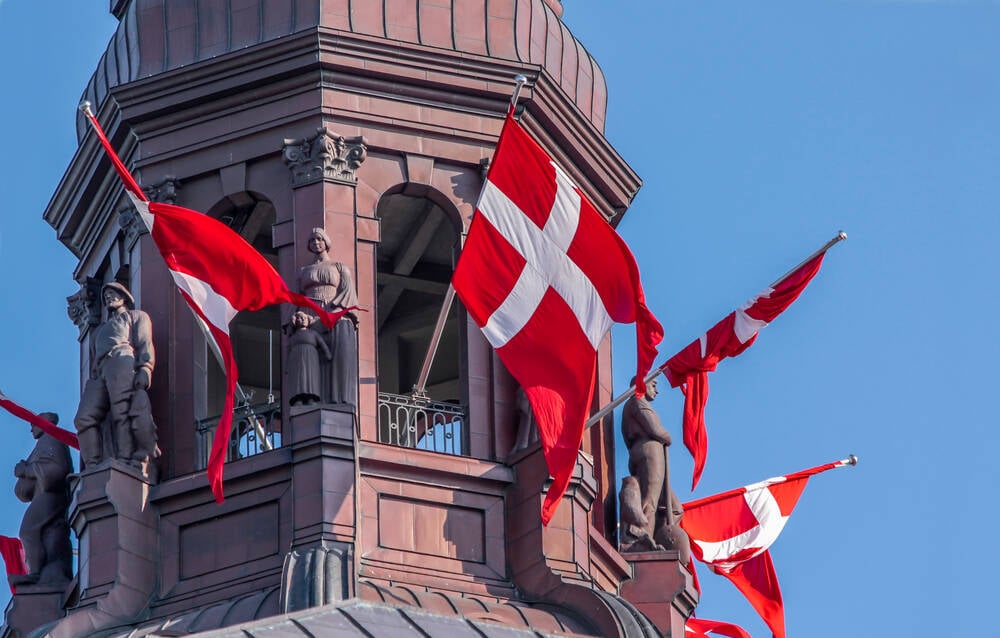Why green energy independence is key to Europe’s innovation ecosystems
For years, Europe’s energy strategy focused mainly on logistics and price, relying on cheap imports to sustain its industrial base. But recent crises have exposed the risks of this approach. Import dependencies have left Europe vulnerable to external shocks, and the energy system remains fragile and strategically exposed. Events like Russia’s war against Ukraine, changing […] The post Why green energy independence is key to Europe’s innovation ecosystems appeared first on EU-Startups.

For years, Europe’s energy strategy focused mainly on logistics and price, relying on cheap imports to sustain its industrial base. But recent crises have exposed the risks of this approach. Import dependencies have left Europe vulnerable to external shocks, and the energy system remains fragile and strategically exposed.
Events like Russia’s war against Ukraine, changing US policies under Donald Trump, and power outages on the Iberian Peninsula are examples of how vulnerable Europe’s energy system truly is. These upheavals in global politics and energy policy underscore the urgency for Europe to break free from external energy suppliers and focus on a sustainable, green energy future.
Energy independence as a strategic necessity
Forward-thinking states are adopting a dual strategy to gain higher independence: transitioning their energy supply to locally sourced renewables and electrifying end-use sectors to align demand with domestically generated power. With renewable resources offering a potential 120 times greater than fossil fuels, and accessible in every region, true energy independence is now an achievable goal for all countries.
By 2023, half of the EU’s electricity came from renewable sources like wind, solar, and hydropower, a significant step away from fossil fuels. Still, energy self-sufficiency remains a weak spot. However, self-sufficiency in energy supply remains a “critical weakness,” as described by the European Council on Foreign Relations. The EU scored just 4.0 out of 10 on the “Energy Sovereignty Index”, with countries like Germany, Italy, and Greece showing near-zero independence. Although Russian gas imports fell from 40% to 8% since 2022, Europe still relies heavily on US and Norwegian supplies.
Innovations for the future of green energy
Europe has begun to steer the course towards a green and electrified future. Several European countries have already made extensive investments in renewable energy. For example, Germany installed more than 4 GW of new onshore wind capacity in 2023, more than any other EU country. While annual additions of around 8 GW are expected until 2030, Germany’s new energy policy under Minister Habeck’s successor places greater emphasis on a more balanced rollout, coordinating the expansion of generation capacity with the development of grid infrastructure. This aims to ensure that renewable energy can be transmitted efficiently and securely across regions. The government still plans to approve around 15 GW of wind energy by 2030, nearly seven times more than five years ago, but under a more integrated, system-oriented framework.
Other EU countries, such as the Baltic States (Estonia, Latvia, and Lithuania), have also made impressive progress. These countries have increased their share of wind energy from 15% to 28% in recent years and plan to reach a combined wind capacity of 10.5 GW by 2030. Estonia, for instance, has expanded the land area designated for wind turbines from 10% to more than 60% of the country.
Beyond generation, Europe’s transition is increasingly driven by end-use electrification. As of 2023, the EU had over 6 million electric vehicles (EVs) on its roads, with Germany alone accounting for nearly 1.4 million. The number of installed battery storage systems in residential and commercial buildings has surpassed 1.8 million units, with combined capacity exceeding 10 GWh, a figure that has more than doubled in just two years. Meanwhile, the uptake of heat pumps has accelerated significantly, with more than 20 million units installed across the EU, supporting both energy efficiency and demand-side flexibility.
Driving innovation through energy independence
Europe’s energy-independent future will manifest through both the development of new energy sources and the integration of innovative technologies. While advanced battery storage technologies, which are crucial for efficiently storing and distributing the fluctuating output of renewable sources such as wind and solar, are currently dominated by Asian players, particularly China, the EU has an opportunity to lead in smart integration know-how.
As the energy system becomes increasingly decentralised and the economy more electrified, efficient management and distribution of electricity, even in the face of supply and demand fluctuations, will be essential. These technologies are vital to making Europe’s energy infrastructure future-proof and reducing reliance on external suppliers. Furthermore, the continued development of next-generation solar and wind technologies will ensure ongoing improvements in efficiency and cost-effectiveness.
From local supply to global leadership
Europe is not only making progress in renewable energy generation, but also in creating a globally competitive market for green technologies. Countries like Sweden and Denmark have already achieved perfect scores in the area of clean energy, positioning Europe strongly for the export of technologies such as advanced battery storage systems, offshore wind turbines, and innovative photovoltaic panels. These technologies can not only meet Europe’s own energy needs but are also in demand worldwide, opening up new economic growth opportunities for the continent.
The EU’s Clean Industrial Deal identifies wind power and industrial electrification as key to achieving energy independence. The goal is to power 74% of industrial energy use with electricity by 2030, with tech like electric arc furnaces playing a central role.
Looking ahead: Europe as a global innovation leader
If Europe continues on the right track in the coming years, the continent could not only meet its own energy needs from renewable sources by 2035 but also take a leading role in the global green technology market. Estimates suggest that with a “Smart Electrification” strategy, the EU could cover 85% of its energy demand from domestic sources by 2040. The vision of a green, energy-independent Europe is not only necessary in terms of climate goals but also a strategic decision that could position Europe as an innovation leader in the global economy.
Looking at the Baltic States, it is clear that this path is already achievable. These countries have successfully integrated their energy infrastructure into the EU network and are now fully independent of Russian energy sources. Through investments totalling over €1.23 billion from the EU “Connecting Europe Facility” fund, they have stabilised their energy supply and laid the foundation for a sustainable, energy-independent future.
In my view, Europe is at a decisive crossroads: if we do not act with determination and boldness, we risk falling behind in the global energy crisis. It is up to us to seize the opportunity and shape a green, energy-autonomous future for ourselves and future generations.
The post Why green energy independence is key to Europe’s innovation ecosystems appeared first on EU-Startups.




![X Highlights Back-To-School Marketing Opportunities [Infographic]](https://imgproxy.divecdn.com/dM1TxaOzbLu_kb9YjLpd7P_E_B_FkFsuKp2uSGPS5i8/g:ce/rs:fit:770:435/Z3M6Ly9kaXZlc2l0ZS1zdG9yYWdlL2RpdmVpbWFnZS94X2JhY2tfdG9fc2Nob29sMi5wbmc=.webp)




















